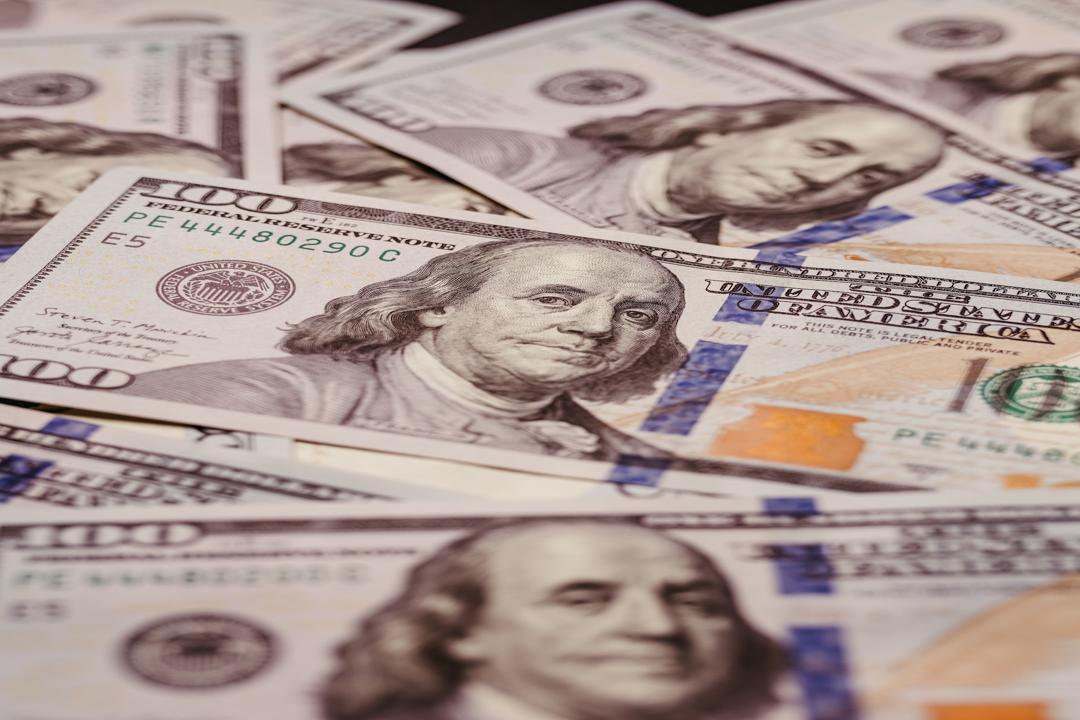Welcome to the captivating journey through the History of Crypto, a captivating Cointelegraph series that transports readers back to the most significant moments in the crypto space. Powered by Phemex, this innovative timeline enables members of the crypto community to explore and revisit the pivotal events that have shaped the industry into the remarkable phenomenon it is today.
In the ever-changing landscape of the digital age, where trends come and go in the blink of an eye, one phenomenon has emerged as a true standout: nonfungible tokens (NFTs). The years 2020 and 2021 witnessed an unprecedented surge in growth and adoption of these digital assets, revolutionizing our perception of ownership, art, and the very essence of the internet. In fact, the NFT market experienced a staggering $25 billion in trading volume in 2021 alone, a monumental leap from its almost nonexistent state just a few years prior.
While the concept of blockchain technology had been in existence for over a decade, it was the advent of NFTs that truly captured the imagination of creators and collectors alike. NFTs represent unique digital assets stored securely on a blockchain, guaranteeing their scarcity and authenticity. This groundbreaking innovation paved the way for the tokenization of digital art, music, videos, and even tweets, transforming intangible creations into valuable commodities.
The origins of NFTs can be traced back to at least 2012 when the Colored Coins protocol was introduced on the Bitcoin blockchain. This protocol allowed users to create custom tokens representing both digital and physical assets. However, it wasn’t until 2017, with the emergence of Ethereum smart contracts and the introduction of the ERC-271 token standard, that nonfungible tokens specifically designed for digital assets became a reality.
One of the earliest and most notable examples of NFTs gaining widespread attention was the 2017 phenomenon known as CryptoKitties. Developed by Canadian studio Axiom Zen, CryptoKitties is a blockchain-based virtual game that enables players to purchase, collect, breed, and sell virtual cats. Following the success of CryptoKitties, numerous other projects began exploring the potential of NFTs for various purposes, including digital art, virtual real estate, in-game items, and more. Platforms like Decentraland and NBA Top Shot gained significant traction during this period, showcasing the diverse applications of NFTs beyond the gaming realm.
However, it was between 2020 and 2021 that NFTs truly exploded into the mainstream consciousness.
The year 2021 witnessed NFTs reaching unprecedented levels of recognition as high-profile sales dominated headlines. These sales included digital artworks fetching millions of dollars and celebrities launching their own exclusive NFT collections. For instance, award-winning writer and director Quentin Tarantino made headlines on November 2, 2021, when he announced the auction of seven uncut scenes from his iconic film “Pulp Fiction” as NFTs, built on the Secret Network.
Other remarkable sales captivated the world, such as the $69 million sale of Beeple’s digital artwork “Everyday: The First 5,000 Days” at Christie’s auction house in March 2021. Newly created digital artworks by artists like Pak and Grimes also fetched millions of dollars in auctions and private sales. It was during this time that iconic NFT collections like Bored Ape Yacht Club and CryptoPunks were born.
For instance, in March 2021, a CryptoPunk NFT (#7804) sold for over $7.5 million at auction, setting a new record for the highest price paid for a single CryptoPunk at that time. Following this milestone, in October 2021, a rare triple Bored Ape set, consisting of three apes sold as a bundle, fetched over $24 million at a Sotheby’s auction. Simultaneously, the number of NFT marketplaces skyrocketed, with platforms like OpenSea, Rarible, Foundation, and Nifty Gateway gaining immense popularity as creators flocked to mint and sell their digital assets. OpenSea emerged as one of the largest NFT marketplaces, with monthly trading volumes exceeding $1 billion by mid-2021, a figure subsequently surpassed by Blur and OKX NFT.
However, as the popularity of NFTs soared, it also brought forth criticisms regarding environmental concerns due to the energy-intensive nature of blockchain transactions, as well as debates about the intrinsic value of digital assets. In fact, during the crypto winter of 2022–2023, NFT trading volume plummeted by a staggering 99% from its peak in 2021.
Moreover, legal disputes arose surrounding the ownership and authenticity of digital assets, highlighting the urgent need for clear regulations and guidelines. Some platforms implemented verification mechanisms to authenticate the originality of NFTs and safeguard creators’ rights, while others grappled with defining ownership in decentralized ecosystems. Notably, Miramax sued Quentin Tarantino in a copyright lawsuit following the widespread publicity of the “Pulp Fiction” NFTs, a case that was eventually resolved in September 2022. Yuga Labs, the current owner of both the Bored Ape Yacht Club and CryptoPunks series, also faced similar legal battles over their digital collections.
Yet, amidst the challenges, there is hope. With the ongoing crypto bull market, NFT trading volume has made a remarkable recovery. New NFT projects, particularly in Hong Kong, are experiencing a surge in popularity, with collections selling out almost instantly upon release. New protocols like ParaSpace (now Parallel Finance) are actively developing innovative tools to cater to the ever-expanding NFT lending market. Additionally, new Ethereum token standards like ERC-404 are seeking to fractionalize NFTs and enhance their accessibility.
Overall, the NFT space continues to evolve, with continuous experimentation across various industries and the emergence of new platforms catering to different niches within the NFT ecosystem. Efforts to address environmental concerns and improve the sustainability of blockchain technology are also underway, as developers and enthusiasts strive to ensure the long-term viability of NFTs as a form of digital ownership and expression.
Related:
An Introduction to the Different Types of NFTs for Beginners

